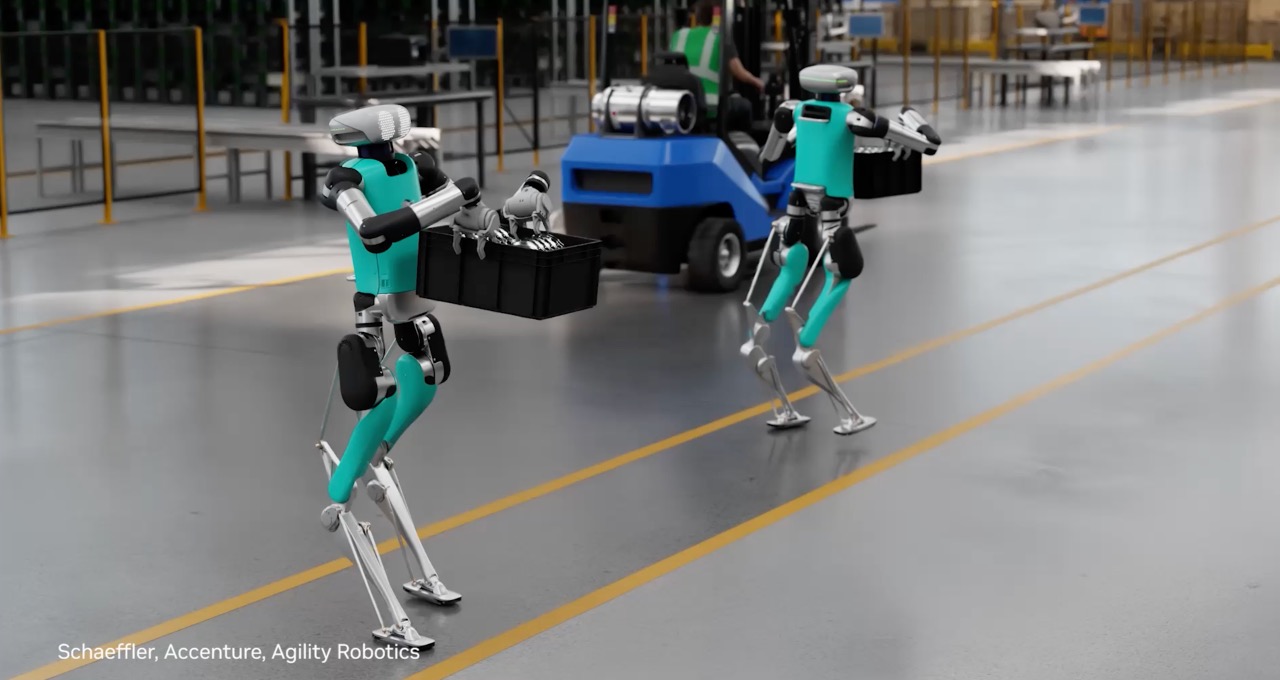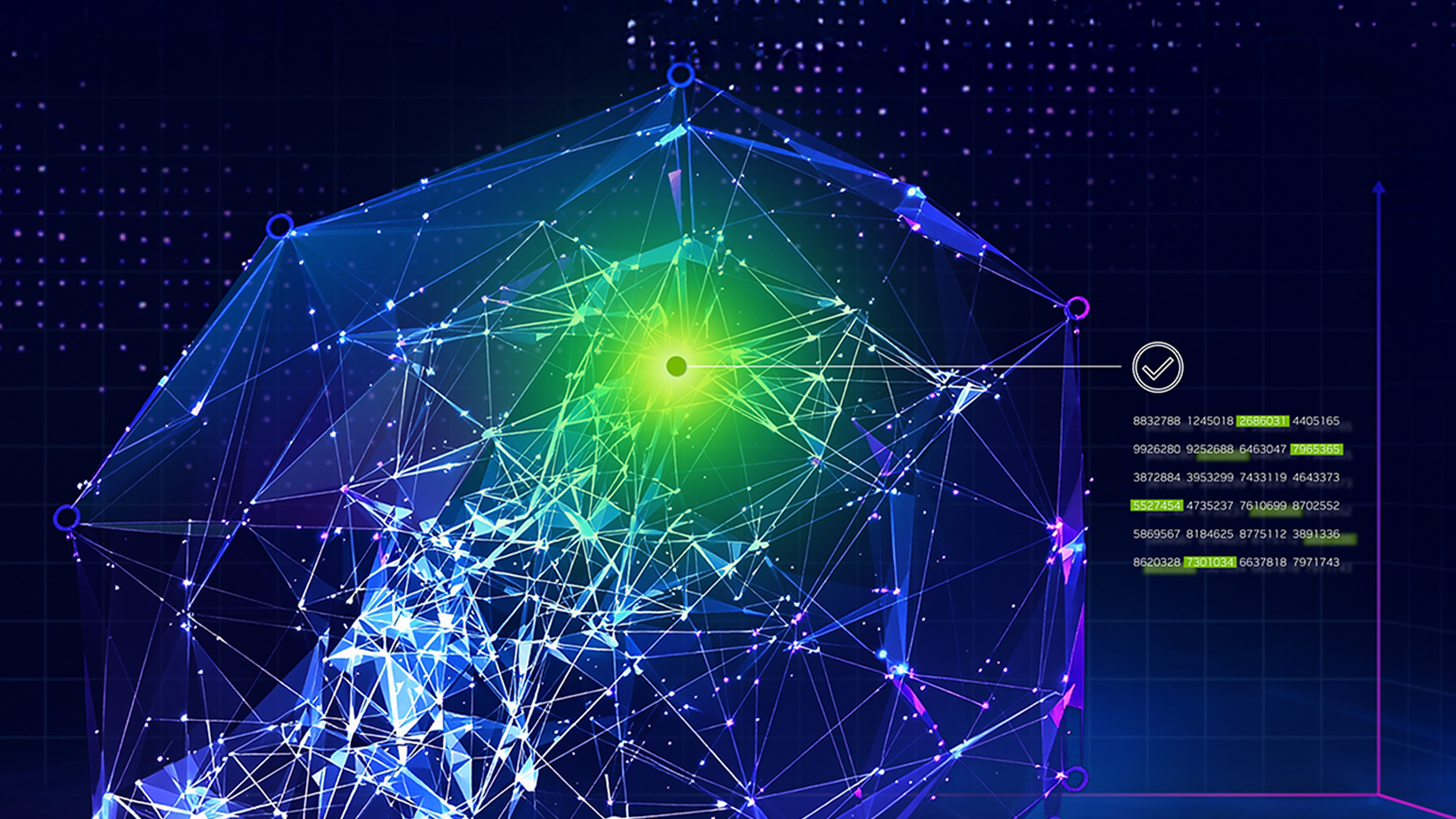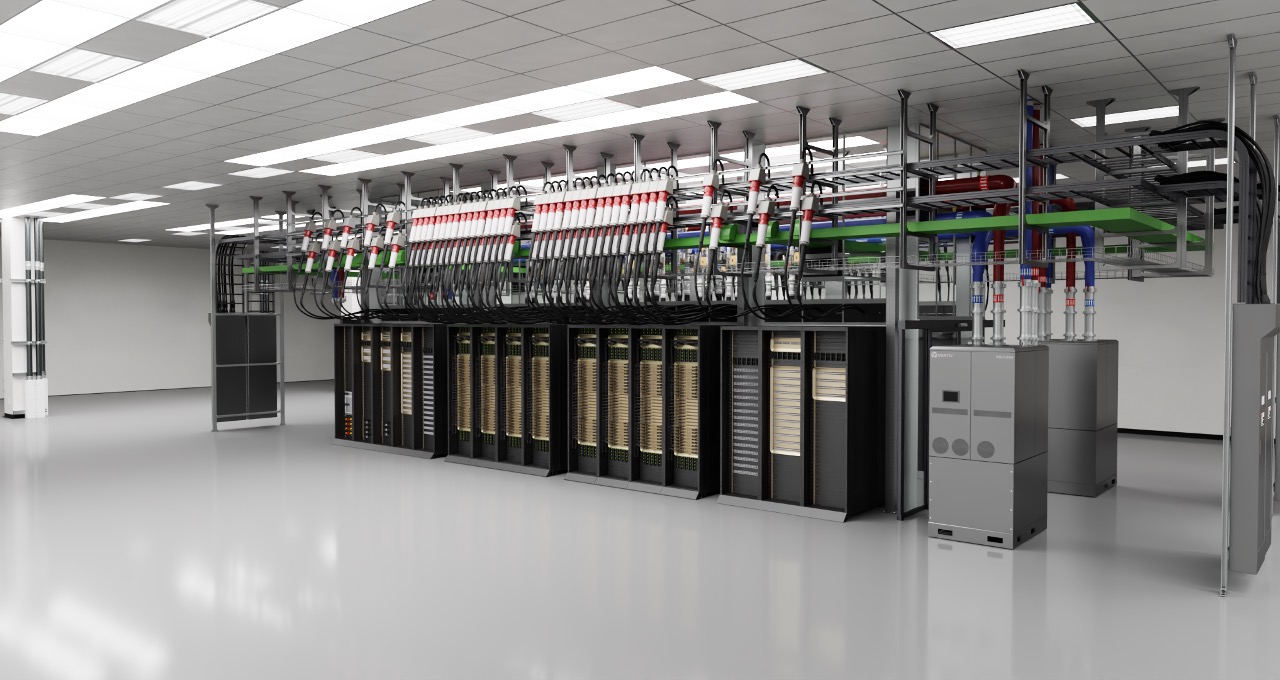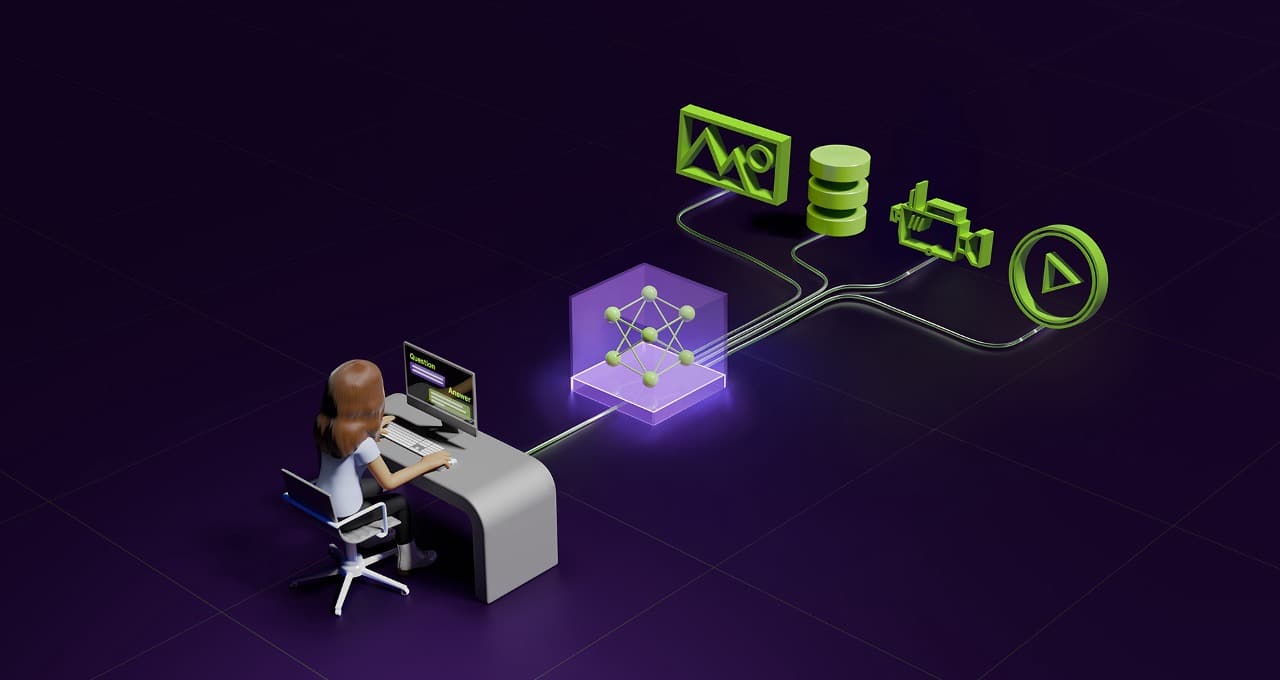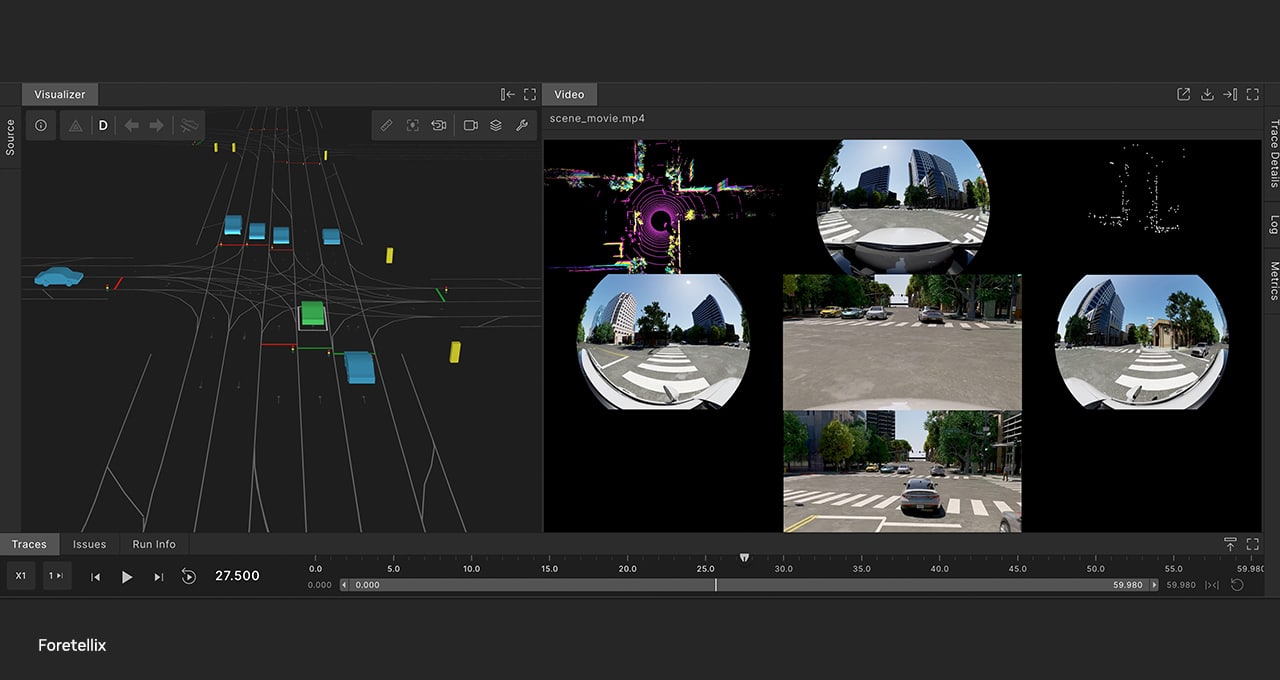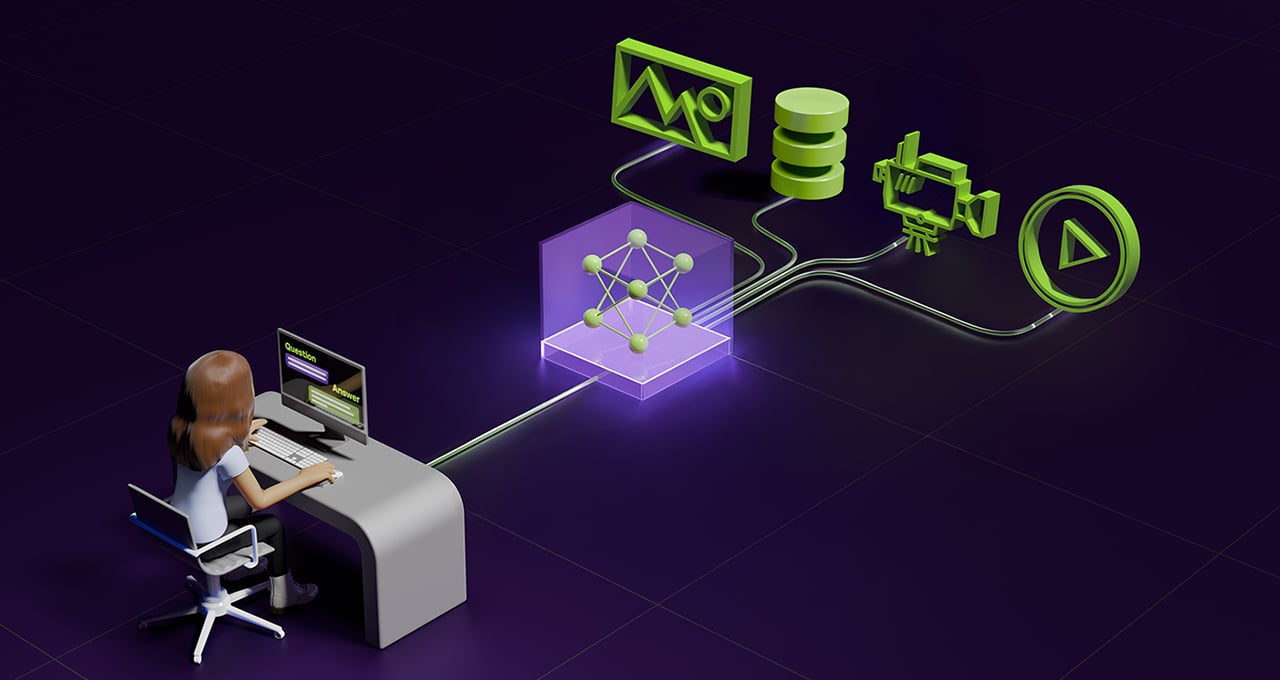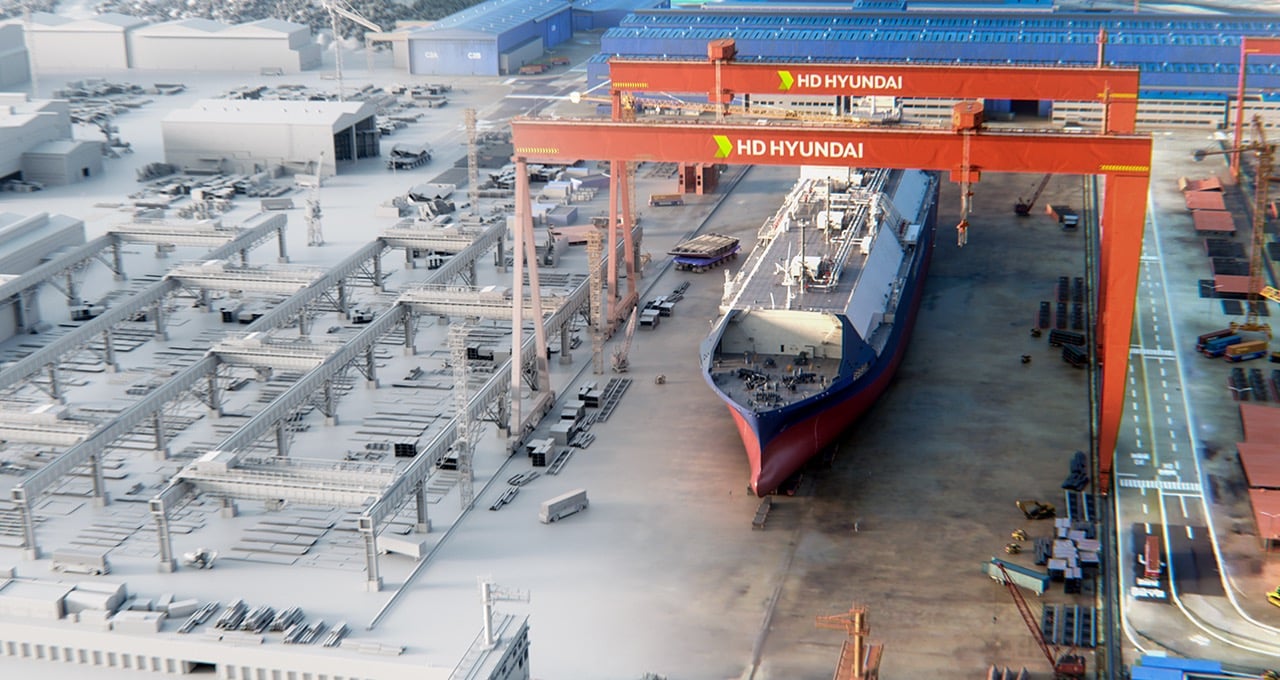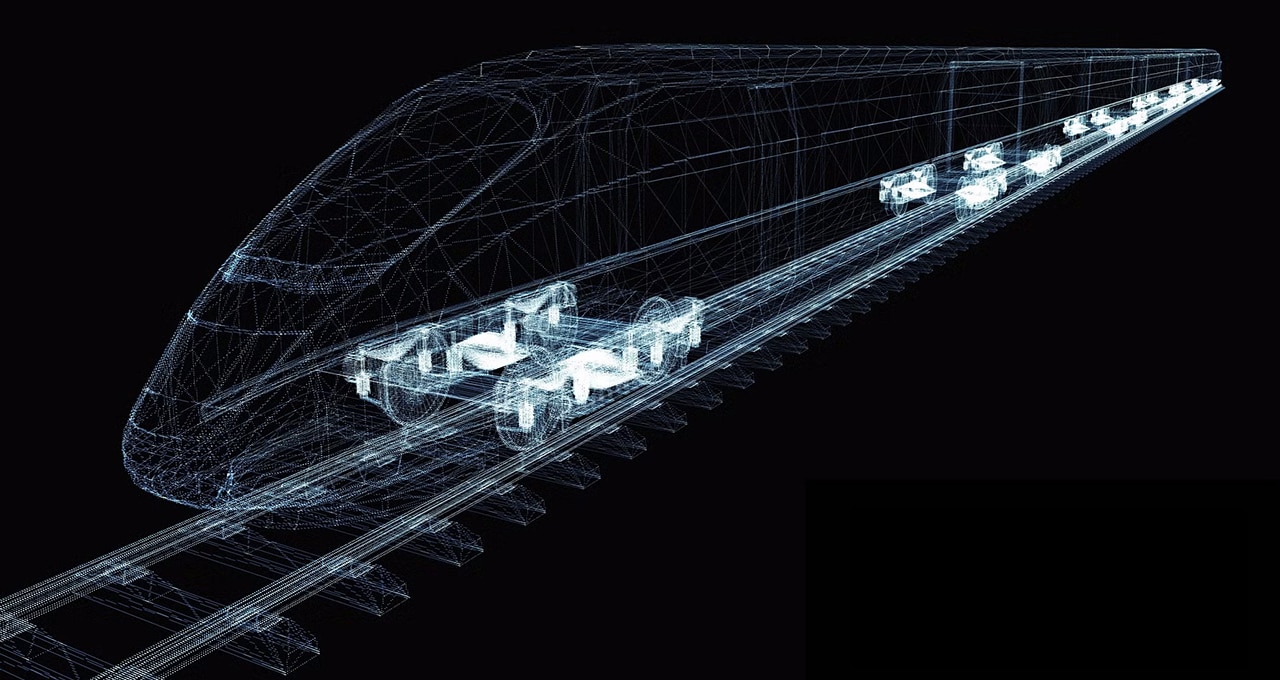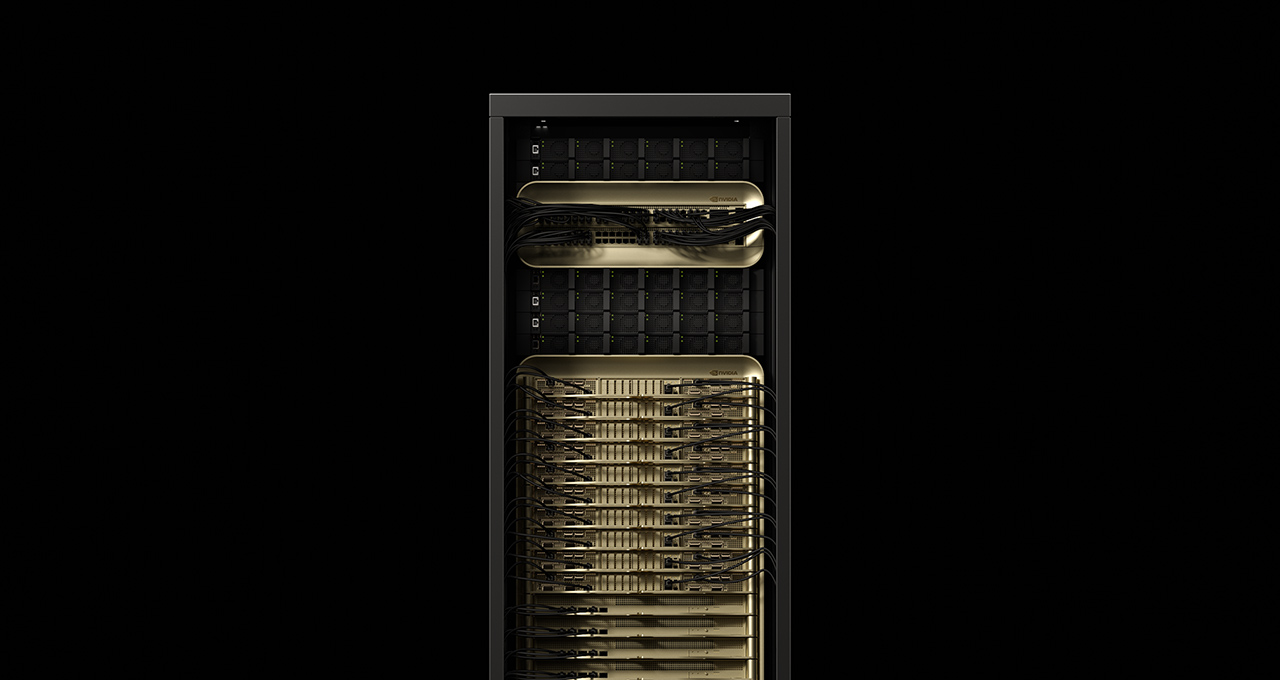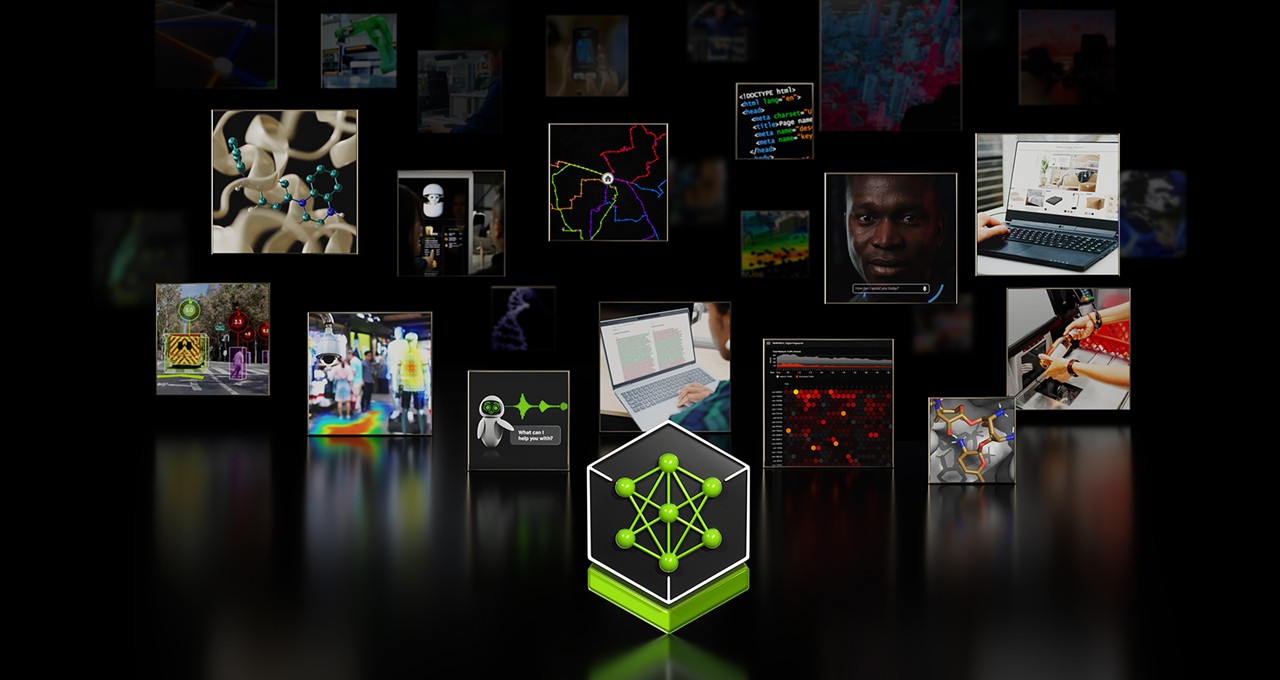Industrial Ecosystem Adopts Mega NVIDIA Omniverse Blueprint to Train Physical AI in Digital Twins
Advances in physical AI are enabling organizations to embrace embodied AI across their operations, bringing unprecedented intelligence, automation and productivity to the world’s factories, warehouses and industrial facilities. Humanoid robots can work alongside human teams, autonomous mobile robots (AMRs) can navigate complex warehouse environments, and intelligent cameras and visual AI agents can monitor and optimize
Read Article
NVIDIA Open-Sources cuOpt, Ushering in New Era of Decision Optimization
Every second, businesses worldwide are making critical decisions. A logistics company decides which trucks to send where. A retailer figures out how to stock its shelves. An airline scrambles to reroute flights after a storm. These aren’t just routing choices — they’re high-stakes puzzles with millions of variables, and getting them wrong costs money and,
Read Article
AI Factories, Built Smarter: New Omniverse Blueprint Advances AI Factory Design and Simulation
AI is now mainstream and driving unprecedented demand for AI factories — purpose-built infrastructure dedicated to AI training and inference — and the production of intelligence. Many of these AI factories will be gigawatt-scale. Bringing up a single gigawatt AI factory is an extraordinary act of engineering and logistics — requiring tens of thousands of
Read Article
Hyundai Motor Group Embraces NVIDIA AI and Omniverse for Next-Gen Mobility
Driving the future of smart mobility, Hyundai Motor Group (the Group) is partnering with NVIDIA to develop the next generation of safe, secure mobility with AI and industrial digital twins. Announced today at the CES trade show in Las Vegas, this latest work will elevate Hyundai Motor Group’s smart mobility innovation with NVIDIA accelerated computing,
Read Article
Now See This: NVIDIA Launches Blueprint for AI Agents That Can Analyze Video
The next big moment in AI is in sight — literally. Today, more than 1.5 billion enterprise level cameras deployed worldwide are generating roughly 7 trillion hours of video per year. Yet, only a fraction of it gets analyzed. It’s estimated that less than 1% of video from industrial cameras is watched live by humans,
Read Article
Building Smarter Autonomous Machines: NVIDIA Announces Early Access for Omniverse Sensor RTX
Generative AI and foundation models let autonomous machines generalize beyond the operational design domains on which they’ve been trained. Using new AI techniques such as tokenization and large language and diffusion models, developers and researchers can now address longstanding hurdles to autonomy. These larger models require massive amounts of diverse data for training, fine-tuning and
Read Article
Give AI a Look: Any Industry Can Now Search and Summarize Vast Volumes of Visual Data
Enterprises and public sector organizations around the world are developing AI agents to boost the capabilities of workforces that rely on visual information from a growing number of devices — including cameras, IoT sensors and vehicles. To support their work, a new NVIDIA AI Blueprint for video search and summarization will enable developers in virtually
Read Article
The Three Computer Solution: Powering the Next Wave of AI Robotics
ChatGPT marked the big bang moment of generative AI. Answers can be generated in response to nearly any query, helping transform digital work such as content creation, customer service, software development and business operations for knowledge workers. Physical AI, the embodiment of artificial intelligence in humanoids, factories and other devices within industrial systems, has yet
Read Article
How Digital Twins Are Driving Efficiency and Cutting Emissions in Manufacturing
Improving the sustainability of manufacturing involves optimizing entire product lifecycles — from material sourcing and transportation to design, production, distribution and end-of-life disposal. According to the International Energy Agency, reducing the carbon footprint of industrial production by just 1% could save 90 million tons of CO₂ emissions annually. That’s equivalent to taking more than 20
Read Article
